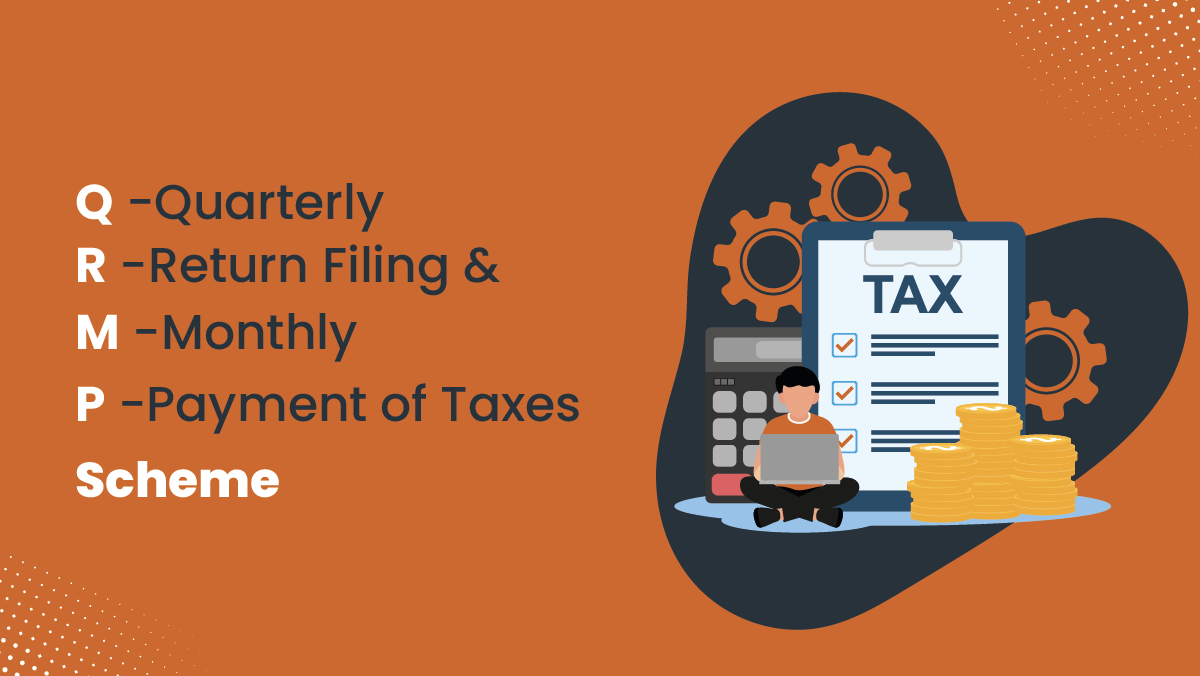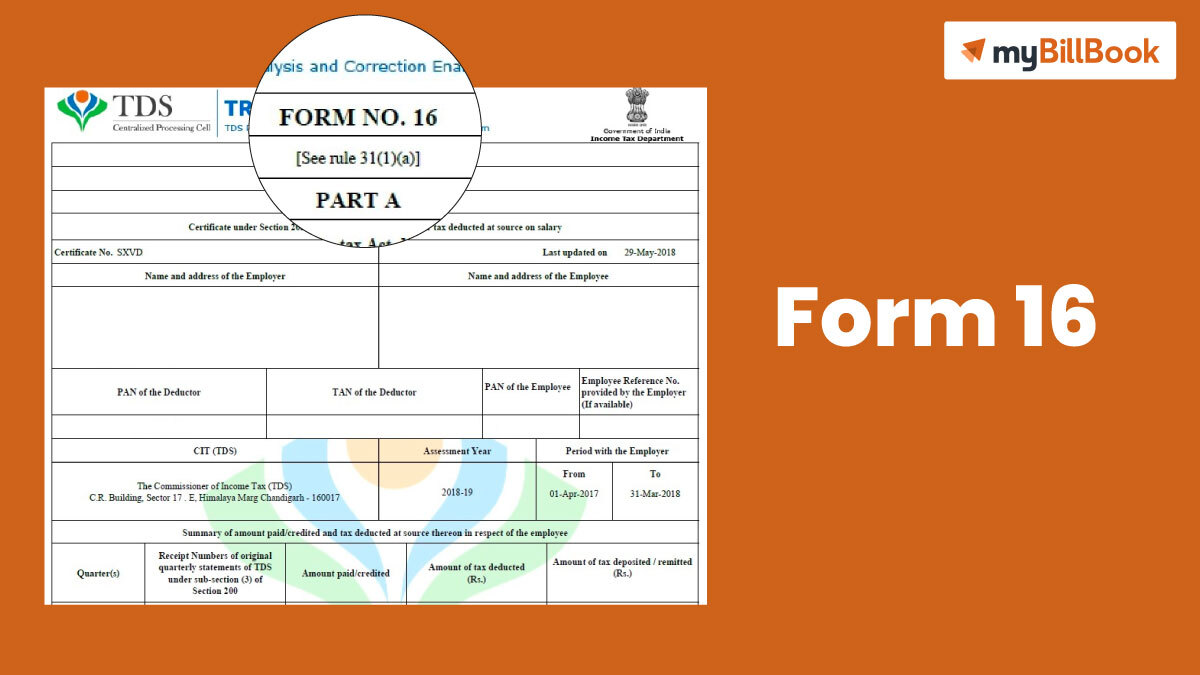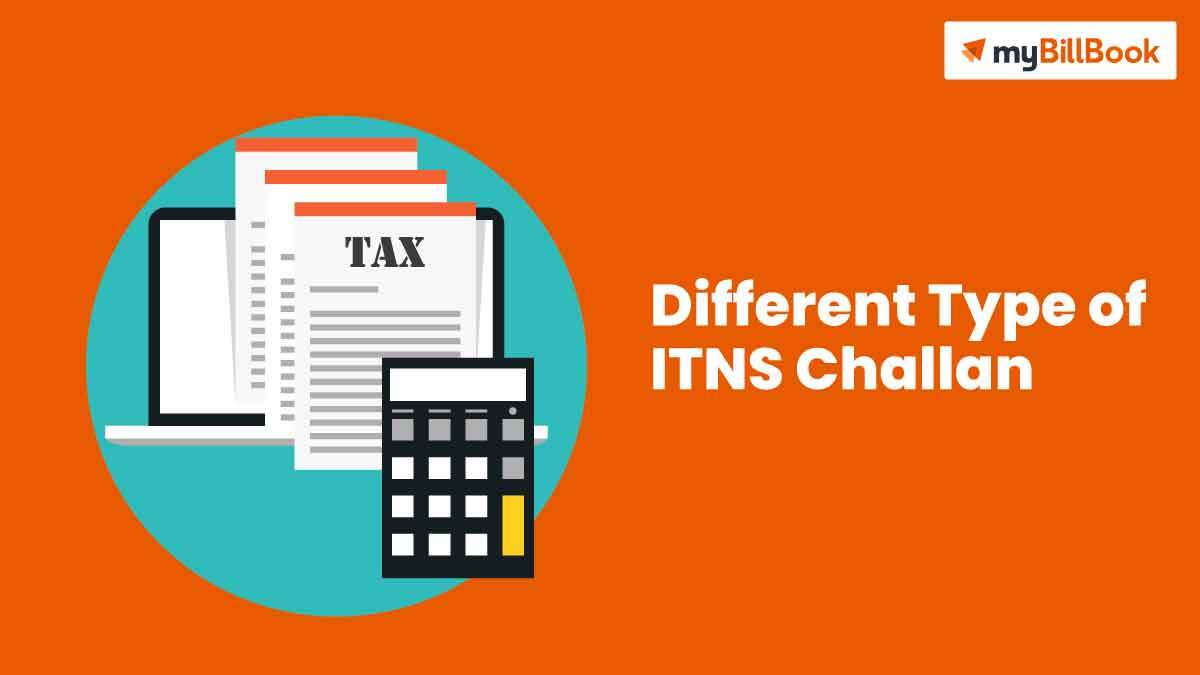To comply with the Union Budget 2020, the amount of TDS that can be deducted has been lowered to Rs 20 lakh for taxpayers who have not submitted income tax returns in the preceding three years. Paying 2 percent in tax deductions is mandatory for taxpayers who withdraw more than Rs 20 lakh in cash. Section 194N of the Union Budget 2019 was adopted to allow the deduction of the tax at source (TDS) on cash withdrawals above Rs 1 crore.
In this article, let us examine Section 194N & TDS on cash withdrawal above 1 crore in detail:
What is Section 194N?
Section 194N applies to cash withdrawals exceeding Rs 1 crore throughout a fiscal year. This section will apply to all sums or aggregates of monies withdrawn from a single-payer within a fiscal year.
When making cash payments to any individual from the taxpayer’s bank account in excess of Rs 1 crore, the payer is required to deduct the applicable tax. The restriction of Rs 1 crore every financial year applies to each bank or post office account and does not apply to individual taxpayers’ accounts.
The individual (payer) making the cash payment is required to deduct TDS in accordance with Section 194N. The following is a list of such individuals:
- An Individual
- A Hindu Family That Is Undivided (HUF)
- A Business/Company
- A partnership or a limited liability company
- A municipal (local) authority
- Individuals who form an Association of Persons (AOPs) or a Body of Individuals (BOIs)
Certain kinds of an individual (payee) are exempt from the provisions of this clause. They are as follows:
- Any governmental entity
- Any financial institution, including cooperative banks
- Any financial company’s business correspondent (including co-operative banks)
- Any bank’s white label ATM operator (including co-operative banks)
- Any other individual who has been notified by the government in accordance with RBI
Why was Section 194N – TDS on Cash Withdrawal Introduced?
On the 5th of July, the government requested that Section 194N be included in the Union Budget for 2019. A provision known as “Section 194N – TDS on cash withdrawals above Rs 1 crore” was inserted in the Finance Bill, 2019, in order to discourage cash transactions in the country and promote the digital economy.
When a payer makes cash payments in excess of Rs 1 crore to a payee in a financial year, the payer is obligated to deduct TDS from the payment. When the total amount of money withdrawn in a financial year exceeds Rs 1 crore and the payee withdraws money on a regular basis, the payer is required to deduct TDS from the amount; otherwise, the payer is not needed to deduct TDS from the amount.
Additionally, TDS would be paid on transactions above Rs 1 crore. For instance, if an individual withdraws Rs 99 lakh in total during the financial year and then withdraws Rs 1,50,000, the TDS liability is limited to the excess of Rs 50,000 over the whole withdrawal amount.
Rate of TDS under section 194N
The payer is obligated to deduct TDS at a rate of 2 percent on cash payments/withdrawals in excess of Rs 1 crore in a financial year under Section 194N of the Income Tax Act. As a result, in the foregoing example, TDS would be applied to Rs 50,000 at a rate of 2 percent, resulting in a Rs 1,000 deduction. Individuals who have not filed an income tax return in the previous three years are only eligible for a tax deduction of Rs 20 lakh. When cash payments/withdrawals exceed Rs 20 lakh but do not exceed Rs 1 crore, TDS is deducted at a rate of 2 percent; when cash payments/withdrawals exceed Rs 1 crore, the rate is 5 percent.
TDS on Cash Withdrawal above 1 Crore
Everyone, whether a banking company, a cooperative bank or a post office, who is responsible for making a cash payment to any person (hereinafter referred to as the recipient) from a bank account maintained by the recipient with it, shall deduct an amount equal to 2 percent of the sum in excess of one crore rupees at the time of the payment from the account maintained by the recipient with it.
TDS of 2 percent was proposed in the 2019 Finance Budget for cash withdrawals by a person from a bank account, co-operative bank, or post office totalling more than Rs.1 crore per year from any of these sources.
Thehe Rs.1 crore threshold was proposed to be considered on an account-by-account basis rather than in aggregate. Consequently, if an individual holds multiple bank accounts with a single financial institution, the Rs.1 crore threshold limit will be applied to each account separately. According to the Finance Act, which was passed by the LokSabha, the word ‘from an account’ was replaced with the phrase ‘from one or more accounts.’ The aggregate amount of cash withdrawn from one or more bank accounts over the prior year should be taken into consideration for the purpose of computing the Rs.1 crore threshold limit; as a result, the Rs.1 crore threshold limit will now be considered bank-wise.
FAQs related to Section 194N
- When did Section 194N become a part of the Income Tax Act, 1961 (the ‘IT Act’)? Why?
To discourage cash transactions and accelerate the transition to a digital economy, a new Section 194N was added to the Finance Act 2019 on September 1, 2019, to deduct tax on cash withdrawals made by any individual from his bank or post office account.
- What are the implications under Section 194N?
Section 194N applies to cash withdrawals exceeding Rs. 1 crore within a fiscal year. This section applies to all sums of money or aggregates of sums withdrawn from a single customer throughout a fiscal year. Additionally, when computing the Rs 1 crore limit, cash withdrawals from all accounts held by an individual with a single bank must be counted. The Bank would deduct 2% tax on cash withdrawals in excess of Rs 1 crore.
- What are the latest Changes in Section 194N Under TDS?
The following amendments were made to Section 194N for the fiscal year 2020-21 and will become effective on July 1, 2020:
- Tax Deducted at Source will be charged at a rate of 2 percent on amounts between INR 20 lakh and 1 crore withdrawn in a financial year for those who have not submitted their income tax returns for the previous three financial years. A rate of 5 percent will be applied on amounts above INR 1 crore withdrawn in a financial year for those who have not submitted their income tax returns.
- If the assessee has submitted his or her income tax return for the year in question, there is no TDS deduction applicable; nonetheless, a 2 percent TDS deduction will be applied to any sum in excess of one crore rupees.
Section 194N provides for a reduced TDS deduction if certain circumstances are met, including the following:
- Section 139 of the Internal Revenue Code requires that the return be submitted with the income tax returns within the designated time period (1).
- Because of the blank previous filing records, it is possible that a newly registered organization will be ineligible for the decreased deduction.
- The banker/cooperative society must produce a declaration stating the nature of the banking/post office operation in order to file the income tax returns for the previous three fiscal years.







